Dr. Chris Randle, associate professor of biology in the Department of Biological Sciences, has worked on a tropical lineage of plant parasites for about 16 years. Parasitic plants obtain water, minerals, and other nutrients from other plants through an invasive organ called a haustorium, which is usually a modification of the parasitic plant’s root that penetrates the tissue of a host plant, forms a connection with the host’s vascular tissue, and then begins drawing off the host’s resources.
There are many obviously parasitic plants in east Texas, like the mistletoe (Phoradendron leucarpum) and the invasive broomrape (Orobanche ramosa). Broomrape is so effective at obtaining host nutrients that it can no longer make its own food through photosynthesis, and does not even produce leaves. But there are also parasitic plants in the area that are less obviously parasitic. One of them is the familiar Texas paintbrush (Castilleja indivisa), which parasitizes primarily the roots of neighboring grasses, but maintains photosynthetic capability… “a springtime beauty with a sinister underground life,” as Dr. Randle puts it.
Studying parasitic plants is economically important, because the group includes noxious crop parasites. The group - in particular, the tropical lineage of the family Orobanchacea - also demonstrates a tremendous amount of diversity in terms of appearance and ecology. Most importantly, the group includes every degree of host-dependency that exists—from green leafy plants that can survive at times without hosts to short, leafless, ghostly white plants that may appear above the surface of the ground only when flowering, and that rely so heavily on host nutrients that they are incapable of photosynthesis or independent acquisition of water or minerals. Botanists know very little about evolutionary relationships between members of this lineage, but need to learn more so they can understand how transitions in parasitic mode take place, and how parasites undergo changes in preferred hosts. The latter topic may be especially important for trying to predict which parasites are most likely to switch to crop hosts, as agriculture expands into once-wild habitats.
Dr. Randle made a field trip to the Democratic Republic of the Congo (DRC) in mid-November 2012 which was part of a larger study to sample genes from tropical parasitic plants. He and his collaborator, Jeffery Morawetz from Rancho Santa Ana Botanic Garden in Claremont, California, obtained funding from the National Science Foundation to collect plants from Mexico, Kenya, Brazil, China, and Madagascar, and to obtain morphological, anatomical, host preference, and DNA sequence data from these plants in order to test their hypotheses of evolution. Funding for the team’s additional excursion to the DRC came from the National Geographic Foundation.
The DRC is an important sampling location for a few reasons. First, because of political strife over more than a century, the plants in the area have not been studied systematically. Second, the abundance of parasitic species in the lineage seems to be very high in the copper belt that runs along the southern border of the nation, in the Katanga Province. Dr. Randle and Dr. Morawetz do not know why this is the case, but they hypothesize that some of this diversity is the result of many different heavy metals being present in the soils of that region. Third, until now, the tribe (or taxonomic grouping of genera) Micrargerieae has not been sampled by any analysis like that of the team, and three of the four genera occur in the region.
Dr. Randle and Dr. Morawetz, along with a very capable doctoral student, Edouard Ilunga (who is preparing to defend his dissertation at the University of Lubumbashi) arrived in Lubumbashi, in the DRC’s Katanga province, in mid-November. They conducted fieldwork for the next month, throughout the copper belt, from Kundelungu National Park in the east to the western border of the DRC with Angola. The team was fortunate to find most of the plants it was looking for—especially lucky in this regard, given the difficulty in obtaining lodging, transportation, and permissions from local agencies and tribes.
Dr. Randle photographed the plants the team studied in the Democratic Republic of the Congo, as well as the team and local citizens who assisted them. Here are a few photographs from his trip to the DRC, along with captions he provided.
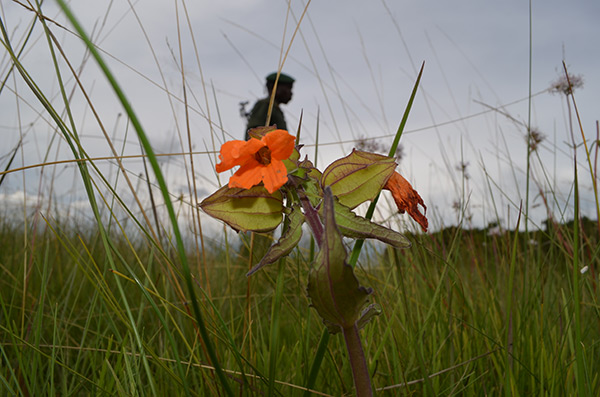
Melasma calycinum in Kundulungu National Park. This may be the first time this species has been photographed.
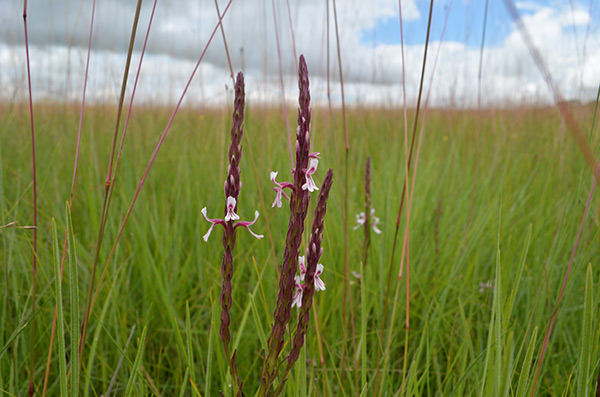
Striga linearifoilia, a parasite of grasses.
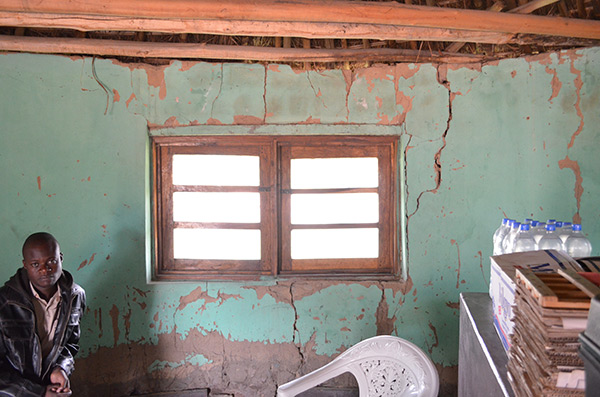
Our driver Guy in Kundelungu.
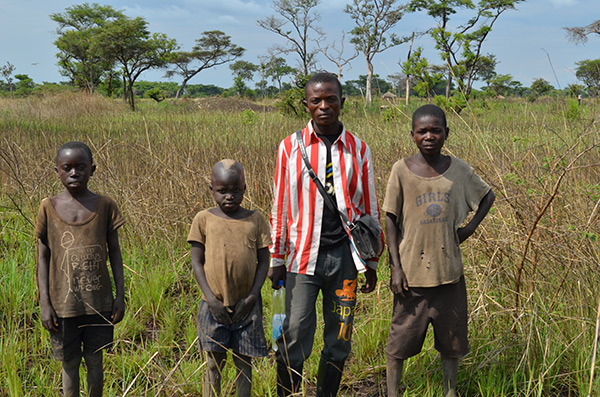
Our local guide Cedric (in the red and white striped shirt) in the village of Kiyembe poses with his brothers.
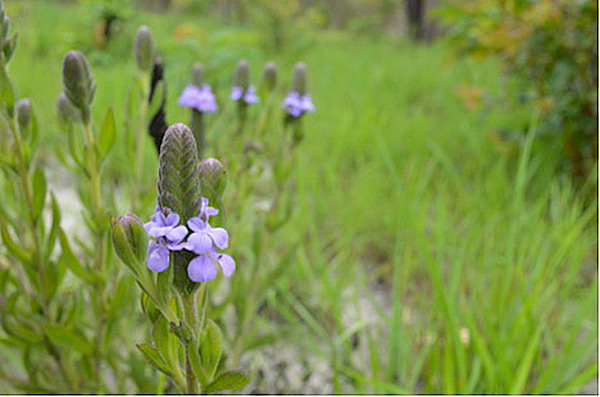
Buchnera affinis, collected near Dilolo on the Angola border.
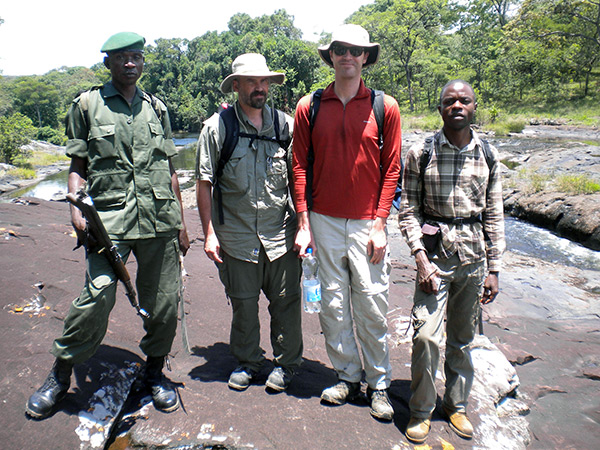
Our field group on the Lofoi River: From left to right: Papa Jean Masengo (a Kundelungu ranger), me, my collaborator Jeffery Morawetz, and Edouard Ilunga (our guide).
